Baseball History Comes Alive Now Ranked #2 by Feedspot Among All Internet Baseball History Websites and Blogs!
Guest Submissions from Our Readers Always Welcome!
Subscribe to Baseball History Comes Alive! for automatic updates (sign-up block found in right side-bar)
As a Free Bonus for subscribing, you’ll get instant access to my two Special Reports: Memorable World Series Moments and Gary’s Handy Dandy World Series Reference Guide!
Fred Snodgrass and the1912 World Series Photo Gallery
Click on any image below to see photos in full size and to start Photo Gallery:
The 1912 World Series: Fred Snodgrass and the “$30,000 Muff!”
Congratulations to the Washington Nationals on a thrilling seven-game victory in the 2019 World Series, the first championship for the city of Washington since 1924!
Those of you you have been following along have read my recent posts on the 1924 World Series, and also the 1933 World Series between the Senators and the Giants, which was the last time Washington had a pennant winner.
Before we close the book on the 2019 baseball season, let’s go back in time to another classic World Series which also had a memorable final game. It’s the 1912 World Series between the Giants and the Red Sox. The end result turned out well for the Red Sox, as they won their first of four World Series in the 1910s, but unfortunately, not so well for the Giants…
“I never lost that World Series. I never took the blame for losing any World Series.” –Fred Snodgrass
With the start of the 1919 World Series finally upon us, I’ll continue revisiting other memorable World Series, this time stopping in 1912, one of the most exciting World Series of the Dead Ball Era. As in my previous post about the 1941 World Series and Mickey Owen’s passed ball, this one also had a “goat.”
His name was Fred Snodgrass, and, just like Owen, his miscue remained with him to the end of his days. When he died on April 5, 1974, his obituary in the New York Times was headlined: “Fred Snodgrass, 86, Dead; Ball Player Muffed 1912 Fly.”
First, lets back up to the 1911 World Series where New York Giant Fred Snodgrass’s post-season troubles actually began. In Game Three against the Philadelphia A’s, he led off the bottom of the 10th inning for the Giants in a 1-1 game with a walk, and then advanced to second on a sacrifice bunt. A short passed ball followed and “Snow” made a valiant, if misguided, attempt to reach third. Unfortunately, the throw beat him easily; but he slid in hard with spikes flying against A’s popular third baseman, Frank “Home Run” Baker, spiking Baker in the leg. The Philadelphia fans were not thrilled by what they perceived as “dirty play” and they let Snodgrass know about it.
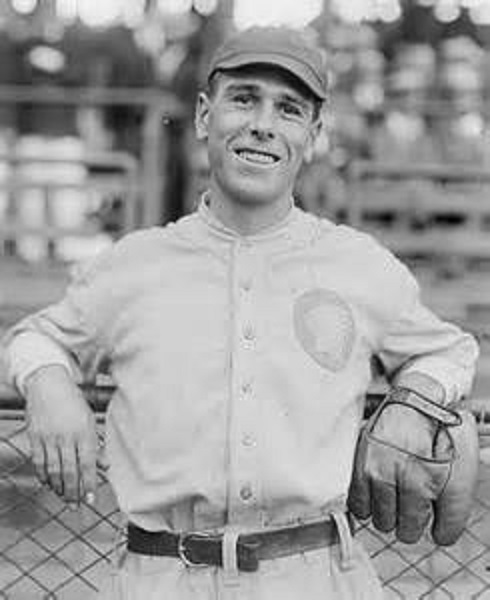
As the abuse continued in the Philadelphia papers amid a week of rain-outs, John McGraw, concerned about Snodgrass’s safety, sent him back to New York. “Snodgrass Hooted Out of Philadelphia,” read the headline in the New York Times. Rumors abounded that he had been shot. When play resumed after a week of rain-outs, Snodgrass went hitless in the final three games, batting only .105 for the Series as the A’s defeated the Giants in six games.
That incident would be child’s play compared to what happened the next year. In the 1912 World Series, between the Giants and Red Sox, the infamous “muff” occurred in Boston in the tenth inning of the decisive eighth and last game (the fifth game was declared a tie).
The score was tied 1-1 after nine innings, but the Giants scored a run in the top of the tenth and were three outs away from a World Series Championship. Having lost the World Series in 1911 to the Athletics, they were just about ready to celebrate.
And then it happened…
The first batter up in the bottom of the tenth, Clyde Engel, hit a routine fly ball to Snodgrass in center, widely regarded as one of the best outfielders of the Dead Ball Era. And, as luck would have it, Snodgrass just flat-out dropped the danged ball – one he normally puts in his hip pocket – as Engel ended up on second. I’ll let Snodgrass pick up the story from here:
“I did drop the ball. There’s no question about that. But I didn’t let the tying and winning runs score. I couldn’t because it happened with the first batter! Well, Harry Hooper was next. And in the 10th inning of a tie game, we were just certain he would bunt to move the man over to third. But instead of bunting, Hooper cracked a drive way over my head. I made one of the greatest plays of my life on it, catching the ball over my shoulder while on the dead run out in deep left center. They always forget about that play when they write about that inning. Then Matty walked Steve Yerkes, unfortunately, with what proved to be the winning run. Two men on and only one out. And up comes Tris Speaker, one of the greatest hitters in the game.”
“What does Speaker do but take a swing at the ball and hit a nice easy pop-up, a foul ball, over near first base. And that ball was never touched! Merkle didn’t have to go thirty feet to get it, it was almost in the first-base coaching box. Chief Meyers, our catcher, tried to catch it, but couldn’t quite get there. It was too far from home plate. Matty could have put it in his hind pocket. Well, given that reprieve, Speaker hit a clean line drive over Merkle’s head that scored the man I put on and put Yerkes on third base. Another long fly to right by Larry Gardner and Yerkes scored after the catch. The game is over and, according to the newspapers, Fred Snodgrass lost the World Series.”
Fred Snodgrass played eight years in the Major Leagues. He hit .275 with 215 stolen bases and 453 RBI. He played in the World Series with the Giants in 1911, 1912, and 1913. Career highlights include a .440 on-base percentage in 1910, 51 stolen bases in 1911, and 48 stolen bases in 1912. He later became a successful banker and a popular mayor in Oxnard, California.
As I’ve said before, misplays in the World Series become magnified and can tarnish the careers and reputations of fine ballplayers. Let’s be thankful this year’s World Series ended with a thrilling seventh game…and no “goats!”
Shop MLB.com. The Official Online Shop of Major League Baseball.
Gary Livacari
Photo Credits: All from Google search
Information: Snodgrass quotes edited from The Glory of Their Times, by Lawrence Ritter.
Do you have a writing project in mind and need an editor? I’m an experienced freelance writer, proofreader, and copy editor. I can help with all your writing needs including ghostwriting, blog content, and original composition. Contact me: Livac2@aol.com
Check out my two books, both now available on Amazon in e-book and paperback: “Paul Pryor in His Own Words: The Life and Times of a 20-Year Major League Umpire”and “Memorable World Series Moments.” All profits go to the Illinois Veterans Foundation
We are a participant in the Amazon Services LLC Associates Program, an affiliate advertising program designed to provide a means for us to earn fees by linking to Amazon.com and affiliated sites. Click here to view Amazon’s privacy policy

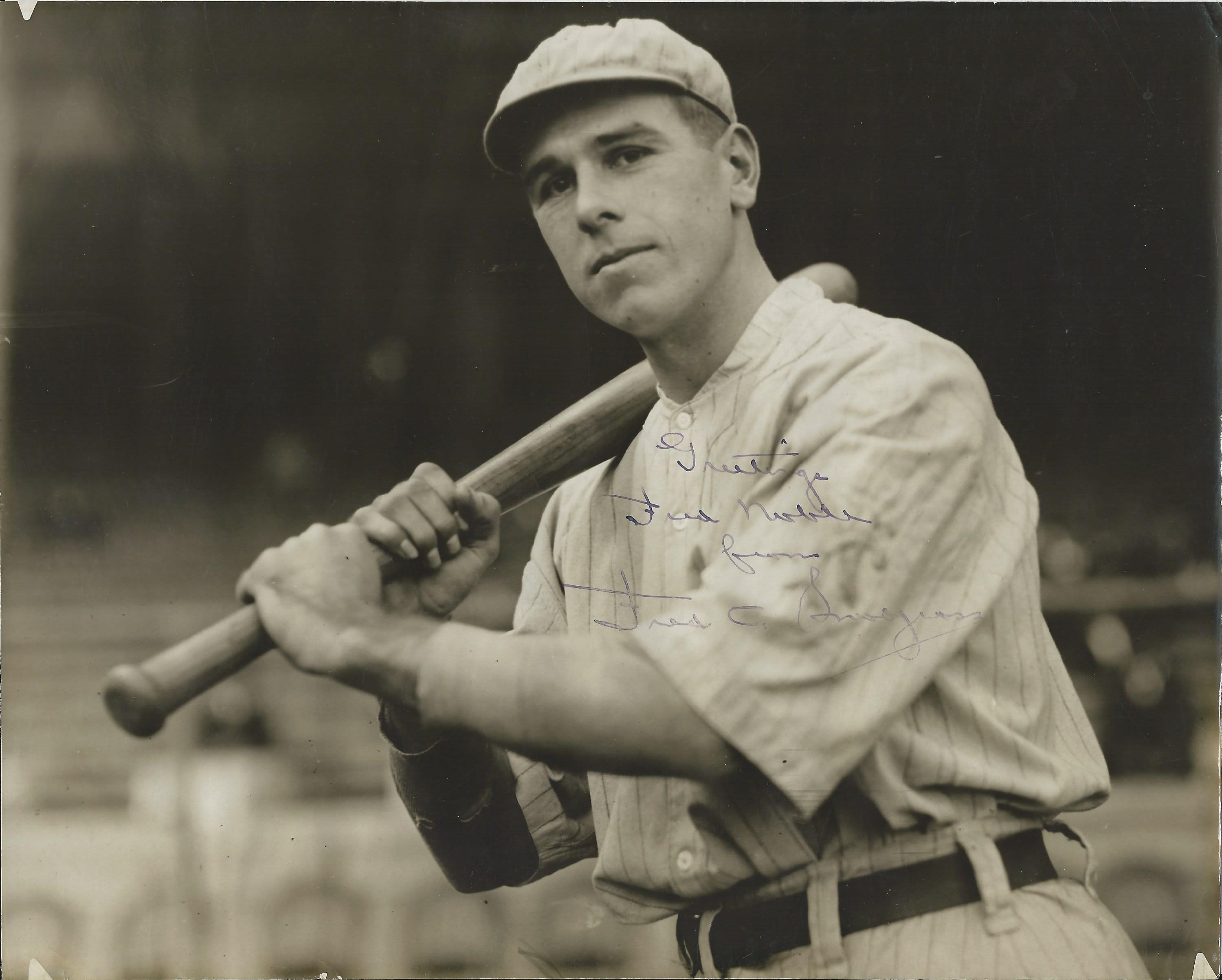
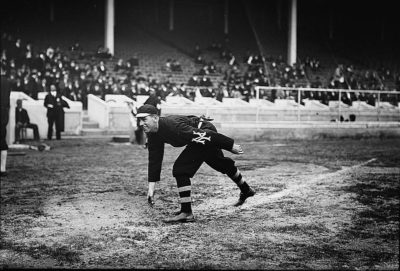
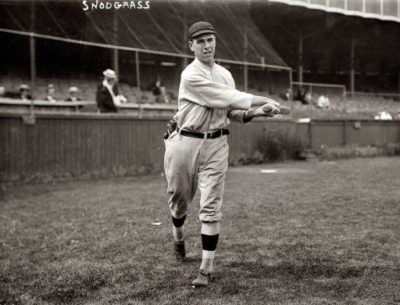
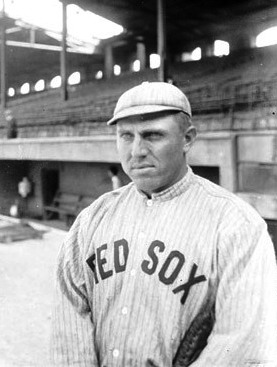
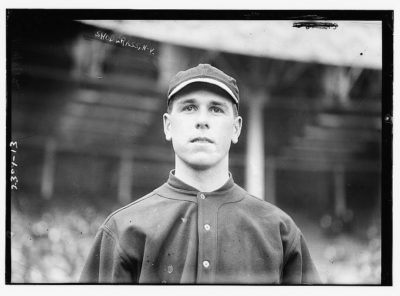
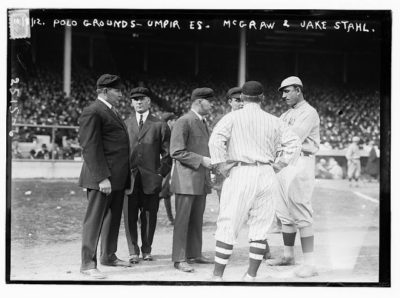
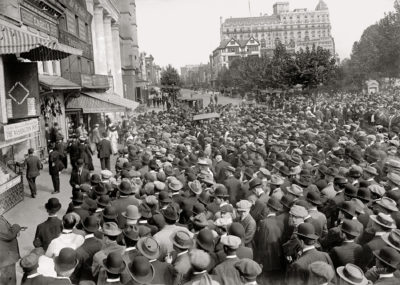
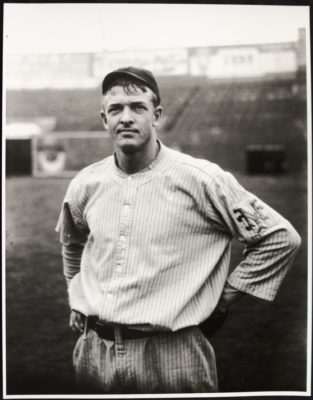
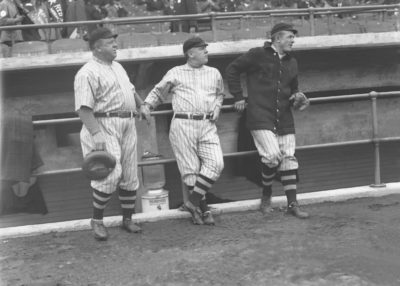
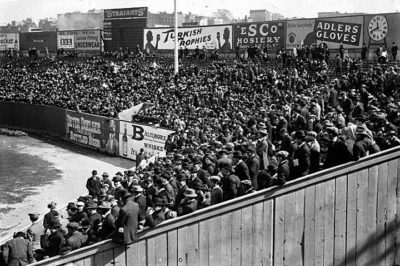
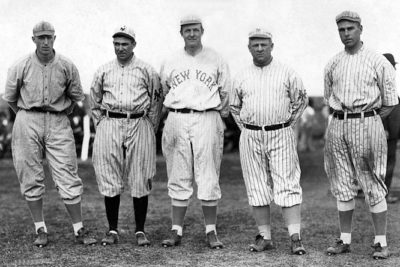
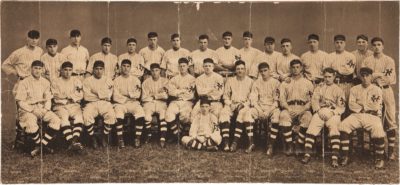
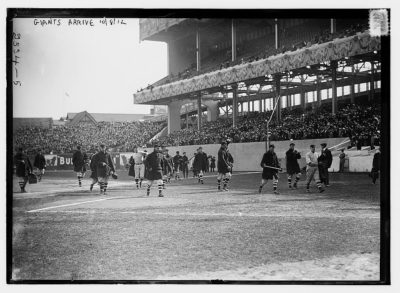
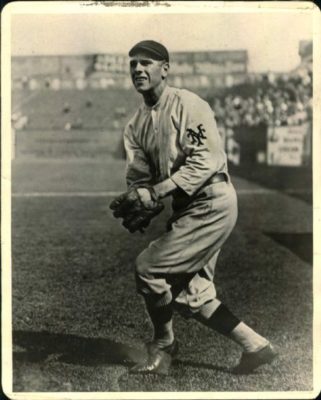
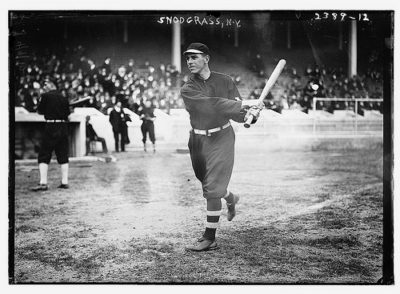
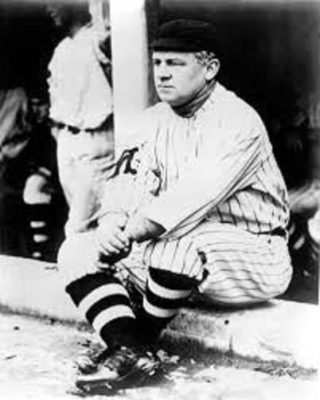
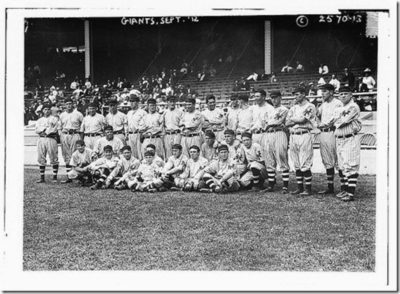
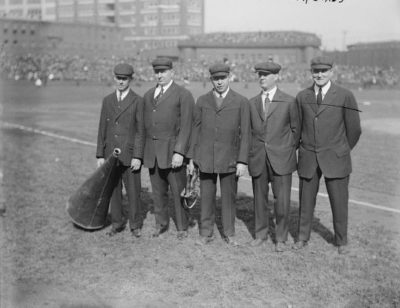
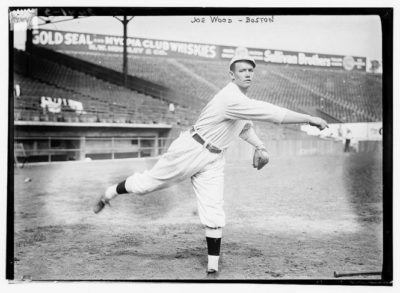
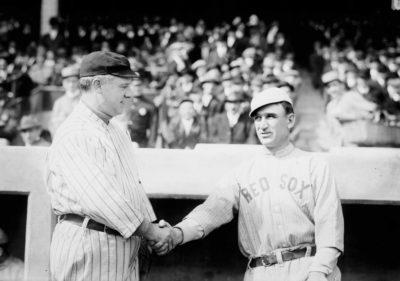
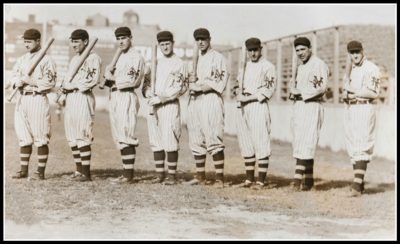
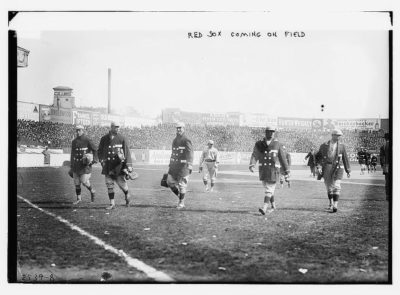
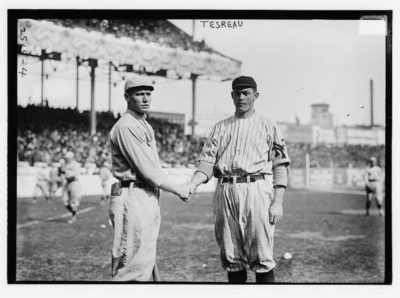
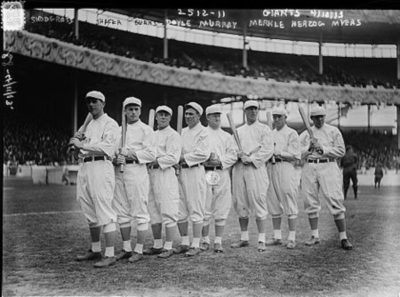
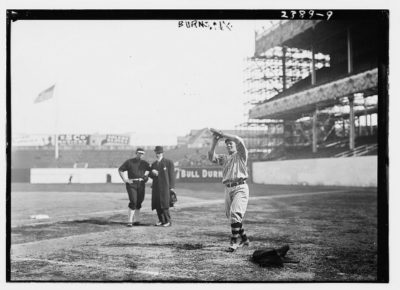
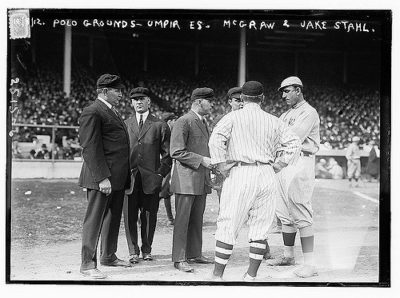
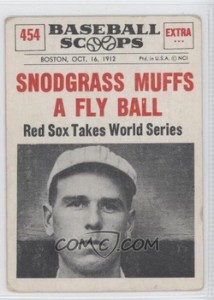
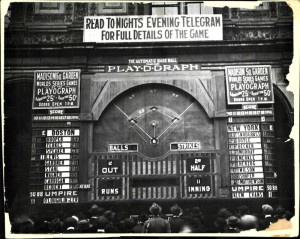
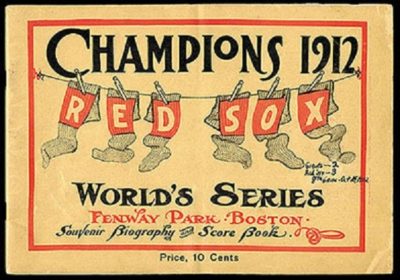
I’m reading the Glory of Their Times now and the interview with Fred Snodgrass has been one of the most entertaining and detailed one yet. I thoroughly enjoyed reading about tales of the NY Giants in that era
Thanks Scott…and I agree about the Snodgrass interview.